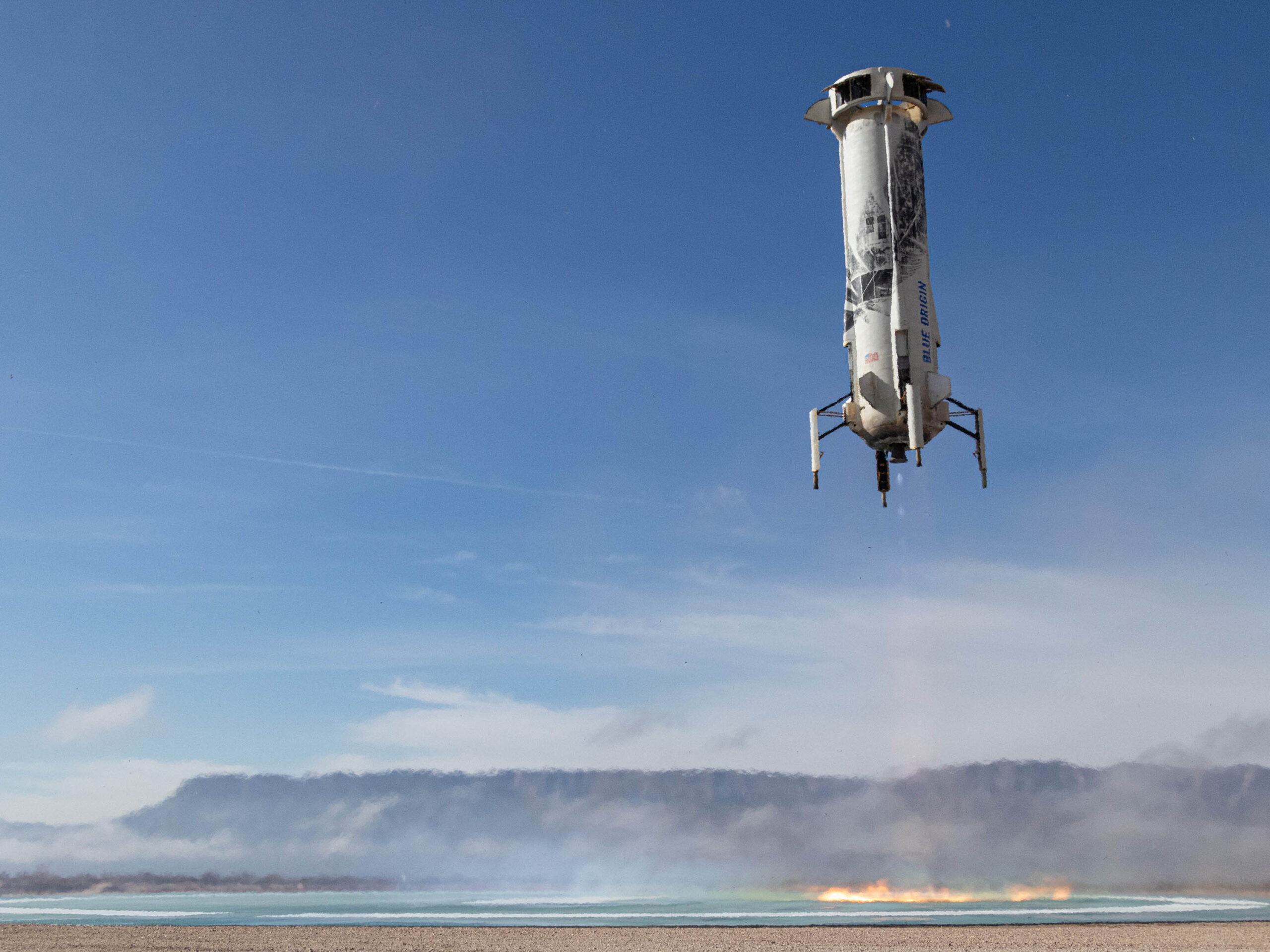
Blue Origin, Jeff Bezos’s space company, is launching a mission to test a moon landing system.
The New Shepard rocket will fly 12 payloads to the edge of space and back as a part of the mission, which includes the deorbit, descent, and landing sensor demonstration that will be used as a part of Nasa’s Artemis missions.
The experiment will give scientists more information to determine how technologies including sensors, computers, and algorithms, can be used to affect a craft’s location and speed as it approaches the Moon.
It could enable vehicles to land on the Moon’s surface within 100 meters of their target, meaning that sites that were not possible during the Apollo missions could be used by both manned and unmanned crews.
“Achieving high accuracy landing will enable long-term lunar exploration and future Mars missions”, Blue Origin says.
The mission will be the thirteenth mission to space undertaken by the company using a New Shepard rocket, which will be entering space for the seventh time.
This is also the first time a rocket has made so many repeated trips to space, Blue Origin claims, as a testament to its operational reusability.
Blue Origin also says that this is the first payload to be mounted to the exterior of a booster, rather than inside the capsule.
New Shepard has flown more than 100 payloads to space across 10 sequential flights, including numerous experiments from universities and Nasa.
Payloads attached to the upcoming mission include a system for autonomous plant growth, which could be sued to supplement the astronauts’ diet, and also the potential to grow plants without soil.
There is also a payload that demonstrates a cooling technology for electronics on the craft which could operate in low-gravity environments, as well as another for sampling the rock deposits on asteroids.
It also tested an innovative method of retrieving the rocket: a capsule that will allow astronauts to escape at any point during the flight, allow for quick escape in case of emergencies.
